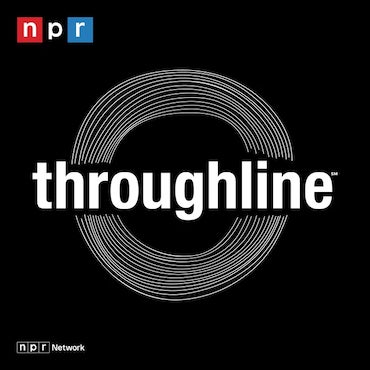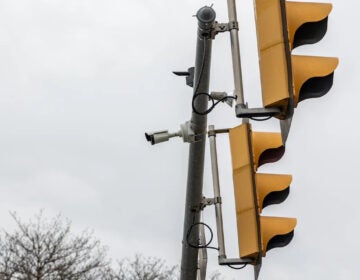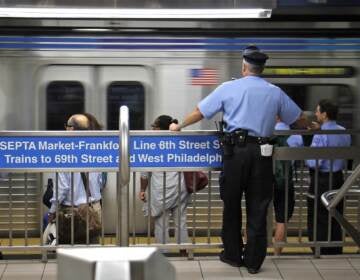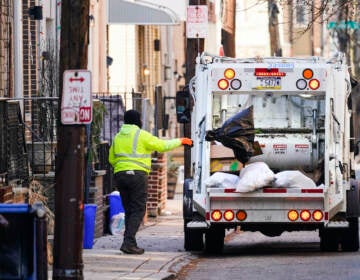Philly Council calls for hearings as city’s auto fatality rate soars
UPenn professor Erick Guerra said increased alcohol consumption and less congested streets — both side effects of COVID-19 — were behind the spike.
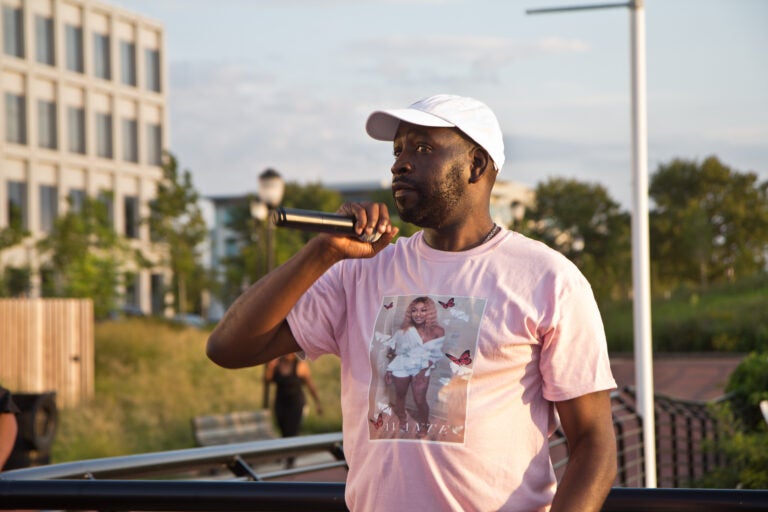
Avante Reynolds’ uncle Ernest Bowen remembers his niece, who was killed in a hit-and-run, as a faithful woman with a big heart. (Kimberly Paynter/WHYY)
City Council may investigate a rash of recent hit-and-runs, including incidents that left a mother dead and a four-year-old fighting for his life.
Councilmember Isaiah Thomas, who chairs City Council’s Streets Committee, called for hearings Thursday over what he described as a “scourge” of fatal hit-and-run incidents perpetrated by reckless drivers.
“I’ve been concerned by the amount of hit-and-runs we’ve seen and think we need to get everyone to the table to fully understand the problem in order to find solutions,” he said. “I want to hear from victims and their families as well as transportation advocates and urban planners; we need to match the data with human stories and find common sense solutions.”
Philadelphia Police say drivers killed 25% more people compared to last year, including people on foot, bike, or other drivers, giving the city one of the highest auto fatality rates in the nation, per capita.
A four-year-old in Northeast Philly was critically injured by a driver while the youth was getting a snack from an ice cream truck. Avante Reynolds, a young mother, was killed by a driver last month while crossing Cobbs Creek Parkway.
Police are still searching for drivers in both incidents, just two among dozens of gruesome crashes this year.

Subscribe to PlanPhilly
More drinking, more speeding behind the spike
University of Pennsylvania professor Erick Guerra, who studies regional crash data, said he believed increased alcohol consumption and less congested streets — both side effects of COVID-19 — were behind the spike.
“People are drinking more during COVID so probably a high share are drunk. And people know there’s a higher consequence, so they run,” he said. “The other reason is just speed…When there are less people on the road, you can go faster. And that really impacts the fatality rate.”
While Reynolds’ death led the city to pledge some pedestrian safety improvements for a stretch long-criticized for excessive auto speeds, an online petition is already calling for the complete reengineering of the Cobbs Creek Parkway.
Others say the spike in recent hit-and-runs is a reflection of the city’s long neglect of numerous dangerous streets citywide even prior to the pandemic — such as Roosevelt Boulevard, Henry Avenue, Lincoln Drive, Kelly Drive, Walnut and Chestnut Streets, among others.
Advocates say unsafe roadways disproportionately impact the poor and residents of color.
“Black folks are dying in neighborhoods based on getting hit by cars when it seems like the community has been asking for traffic calming measures for a while,” Tamika Butler, a civil rights attorney and former executive director of the Los Angeles Bicycle Coalition, told PlanPhilly earlier this month. “That’s another form of racism in this country.”
WHYY is your source for fact-based, in-depth journalism and information. As a nonprofit organization, we rely on financial support from readers like you. Please give today.
